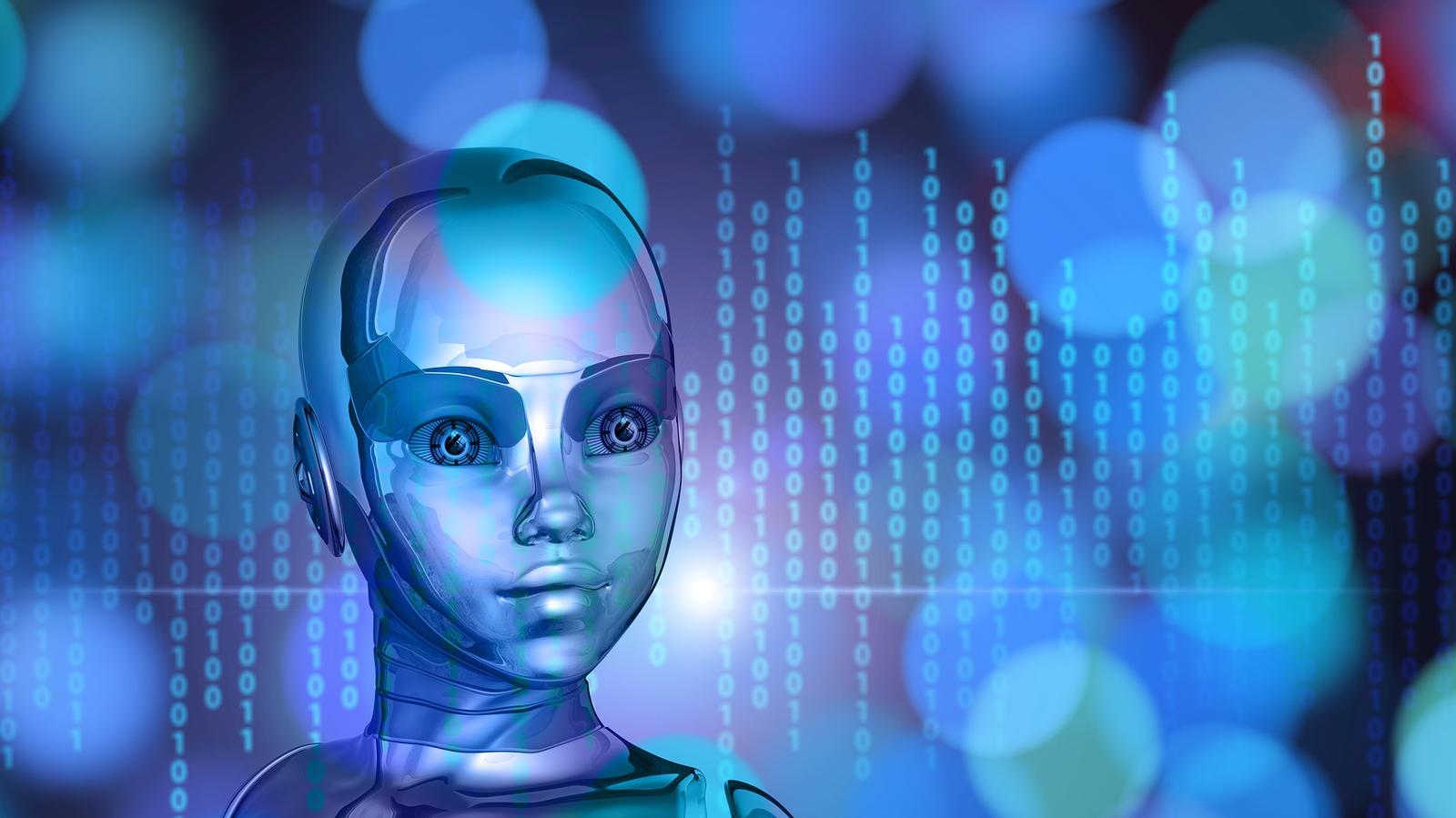Breaking the mold for the workforce of the future
These are transformative times for organizations and millions of workers around the world. As the Fourth Industrial Revolution unfolds, the contours of the workplace are changing, driven by the adoption of new technologies.
There is no question the digital era presents immeasurable opportunities for companies to elevate productivity, gain access to new markets, increase global competitiveness, and realize a sustainable future. But while many organizations are focusing on new technologies to move their business forward – they fail to recognize that even though automation may decrease the need for some tasks performed by people, it will increase the demand for other human skills.
We are a long way from machines being able to think, feel and react like humans. It is people who will drive innovation and deliver high-quality customer service. But, there’s a problem. The demand for skills required for success in the modern workplace is growing at a rapid pace, and there are not enough right-skilled workers to fill the roles – creating a global skills gap. Meanwhile digital innovations will keep changing, continually evolving the kind of skills required for the future. Education institutions, already hard-pressed to keep up, are not equipped to address the skills evolution ahead. That means the responsibility for rebuilding the new workforce and cultivating people with the new range of skills falls to the business community.
What’s a company to do?
Business leaders must take action to build a workforce that makes sense for their future. They need to rethink how to prepare their employees – from anticipating the skills their people need for tomorrow, to helping them learn and apply these skills to enable their business to continue its forward motion.
The first step is acknowledging the skills gap, which is quickly becoming a skills “chasm.” Korn Ferry’s Global Talent Crunch study indicates that significant shortages will hit nations and companies as soon as 2020. The deficit could be as high as 85.2 million workers by 2030.
Next is implementing organizational changes to help companies cope with the realities bearing down on them. In Skill Shift, Automation and the Future of the Workforce, the McKinsey Global Institute outlines these important changes in workforce structure:
- Shifting to cross-functional and team-based work
- Reallocating tasks between workers with different skills
- Reskilling existing human capital
- Increasing the use of contractors and freelancers with specialized skills
These organizational changes must start at the top – with senior leadership directing and navigating them.
Building the new workforce
Organizations must find or develop the talent they need to leverage new technological investments – and fast, or financial performance will suffer, and they will face an uncertain future.
Hire
Finding new employees can be difficult. Skills for the new workforce are not necessarily taught in universities and colleges, which makes it challenging. The costs to acquire, train and integrate a new hire into an organization can be high, and it takes a considerable amount of time to determine if the individual is the “right fit”.
During the course of an employee’s tenure with a company, his or her role will change often – particularly in the new work era. Besides looking for candidates with the requisite skills and experience for a certain position, HR must also determine if the individual has both the ability to learn and the capacity for change.
Retrain or upskill
If companies can’t buy the talent they need from the market, they must look at their existing employee base and retrain or upskill their people to fill critical roles.
Once new required skill sets and potential employees to train have been identified, organizations need to work fast. With a massive skill shift underway, there is little time for long course cycles. Static learning simply can’t keep up with the speed of change.
Fortunately, skills development and training methods are also undergoing advances. Experiential techniques like on-the-job training, learning-by-doing techniques, and simulation or gamification tools make training more immersive, engaging, personal and sticky.
Agile learning tactics such as content updated in real time provides employees with courses relevant to their role, and micro-learning delivers just enough, just-in-time information in bite-sized videos – letting employees learn when and where they need it. At the same time, classroom or face-to-face training for deeper or more technical topics are also important.
While the methods of how to train will continue to shift, creating a lifelong learning culture is a critical strategy for preparing a company’s workforce for the next era.
Contract
Using contractors, freelancers, or temporary workers allows companies to rapidly acquire the skills they need that can’t be sourced internally. Contractors can be hired in practically every industry, from virtually any location thanks to digital communication and collaboration tools. They can also be hired to work on-site on a contract basis.
As work is redesigned around new technologies and the skills gap continues to widen, more and more companies will be tapping into the pool of independent workers. At the same time, the pace of work is increasing exponentially making hiring flexible, agile contractors a logical solution.
Success lies at the intersection of human skills and technology
The lack of available skills for the new workforce has the potential to derail the economic promise of the digital era. Forward-focused organizations must be able to accelerate skills acquisition if they are to adapt to the future of work. While technology may be the nuts and bolts that makes business work, it’s humans that will be their engine of success today – and well into tomorrow.
Learn more about the Skills for the Future of Work
About Kepner-Tregoe
Kepner-Tregoe has been the industry leader in problem-solving and service-excellence processes for more than 60 years. The experts at KT have helped companies raise their level of incident- and problem-management performance through tools, training and consulting – leading to highly effective service-management teams ready to respond to your company’s most critical issues.



